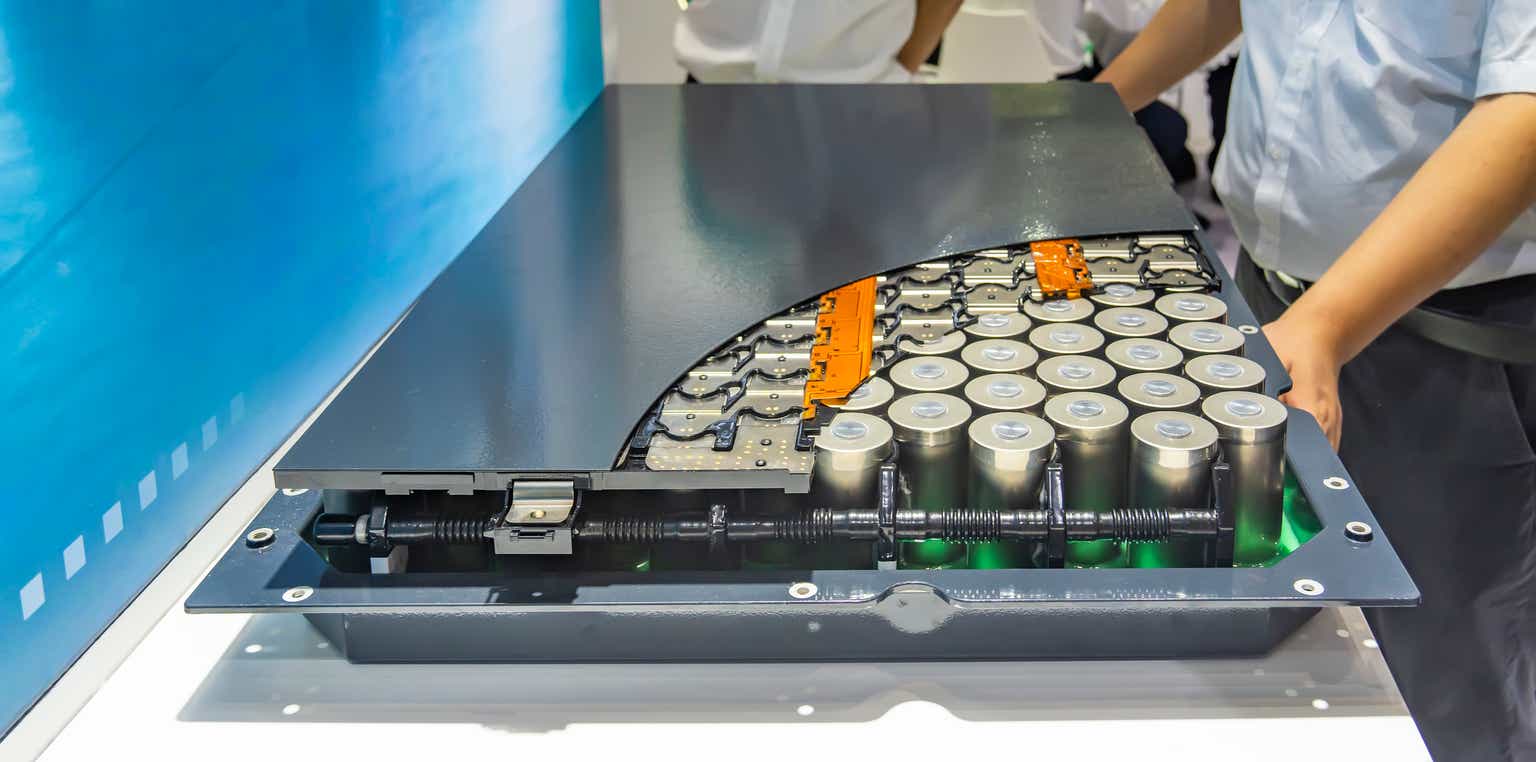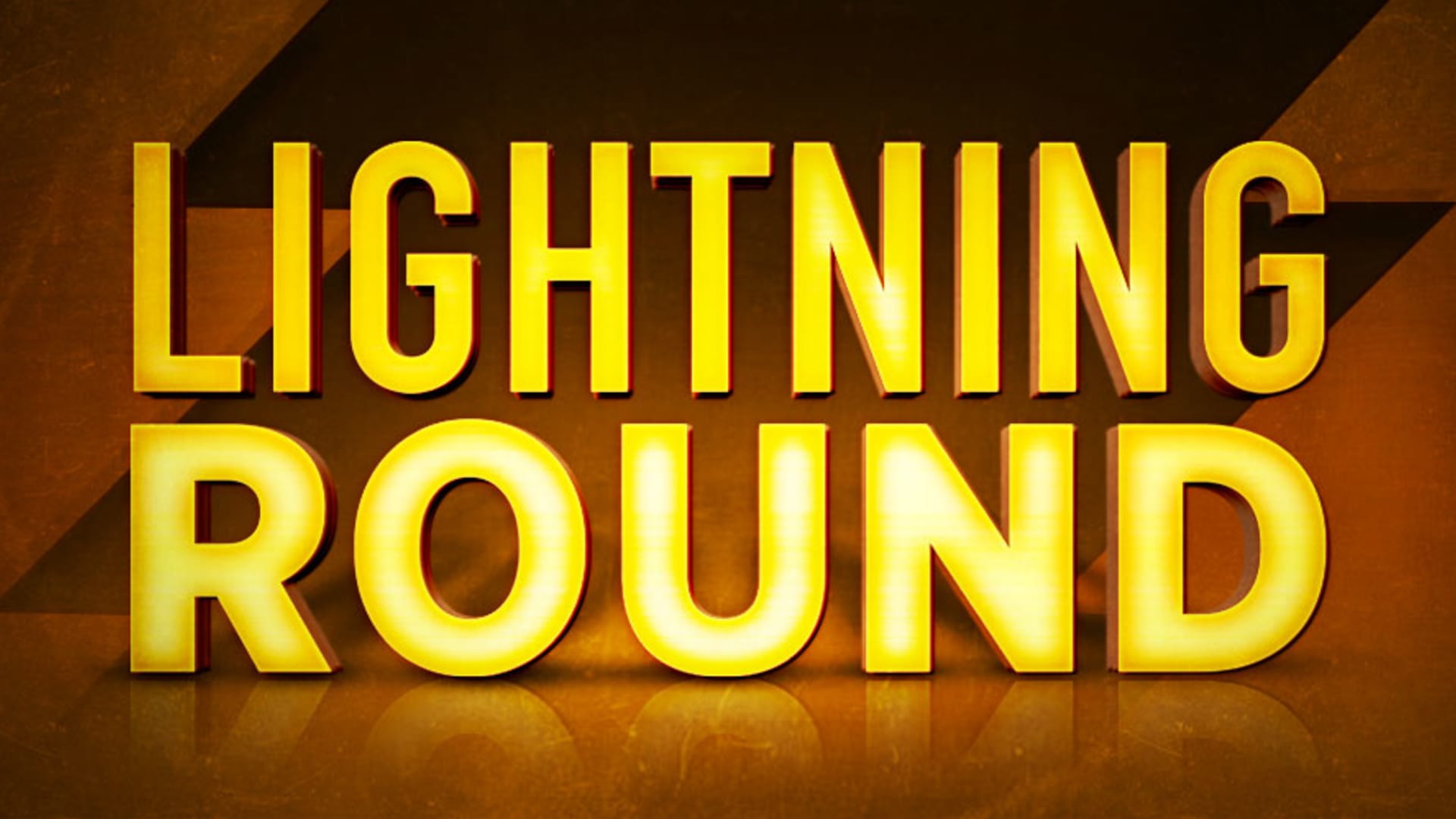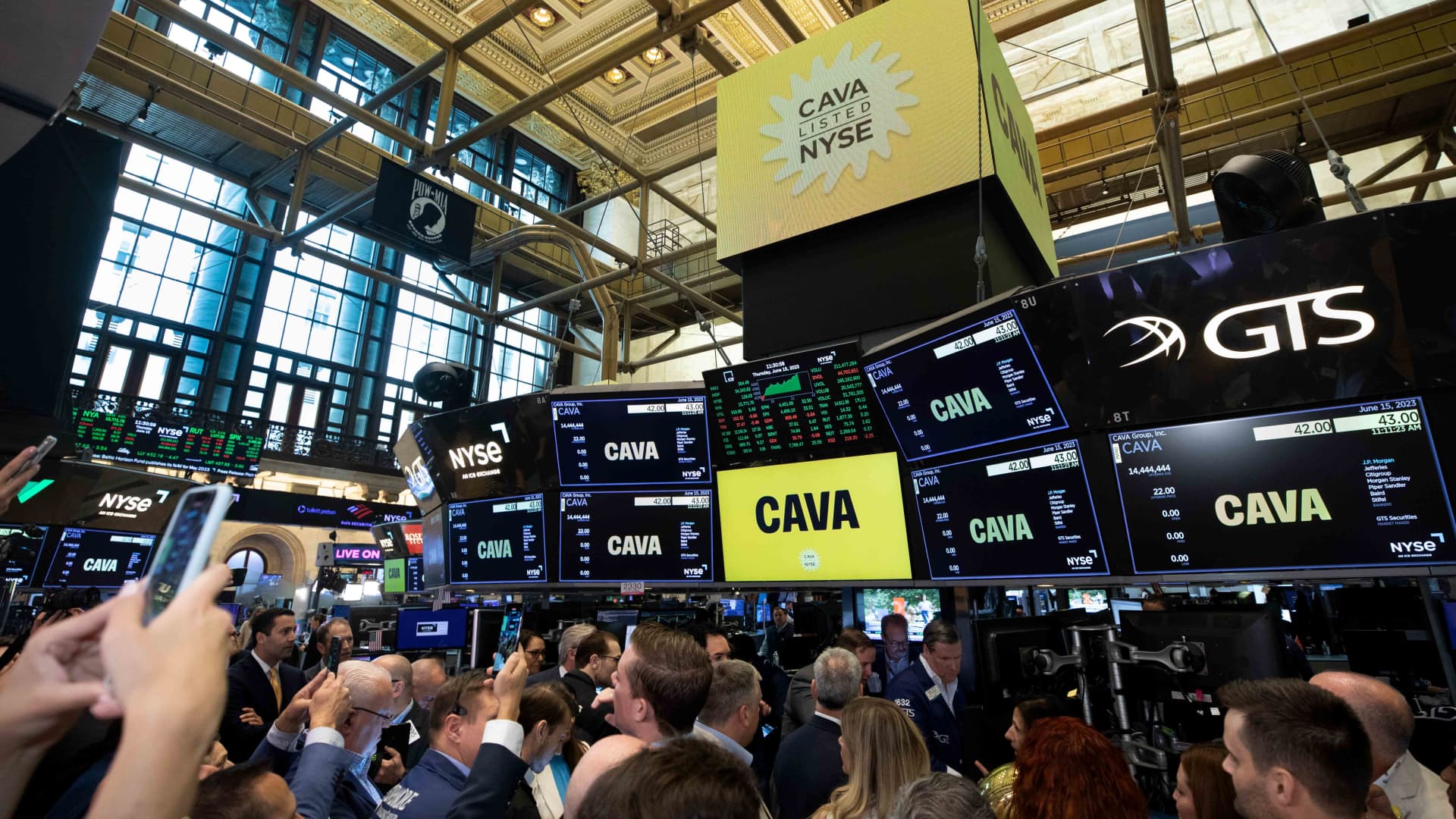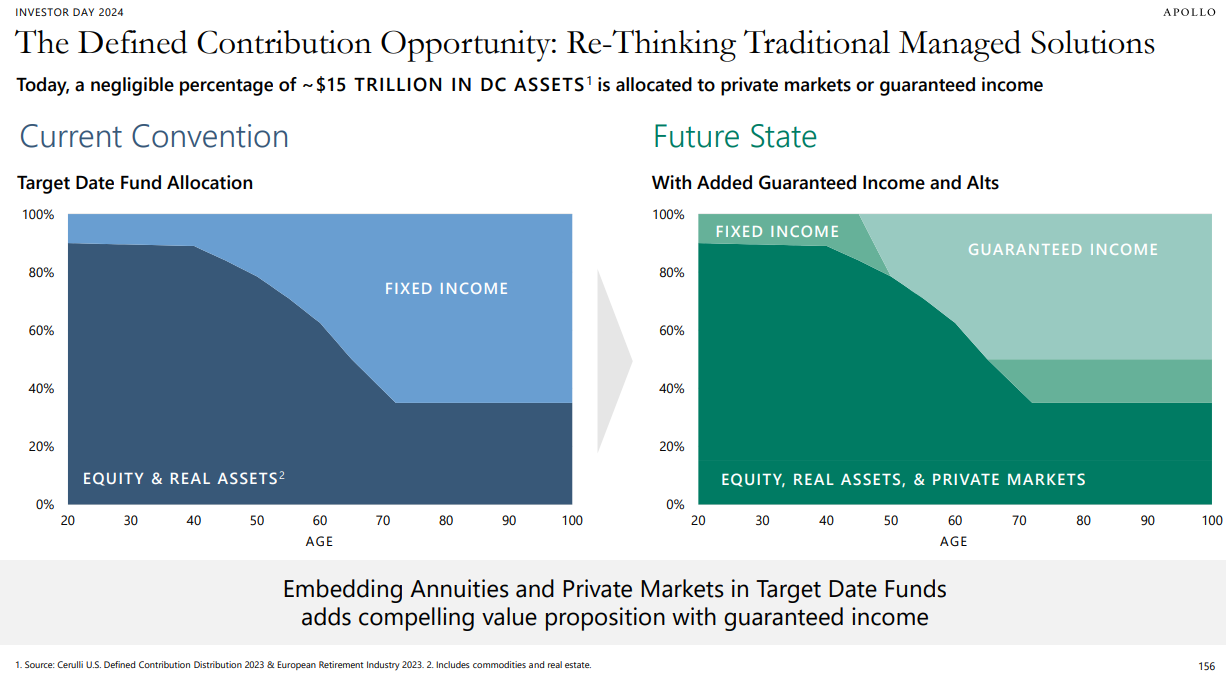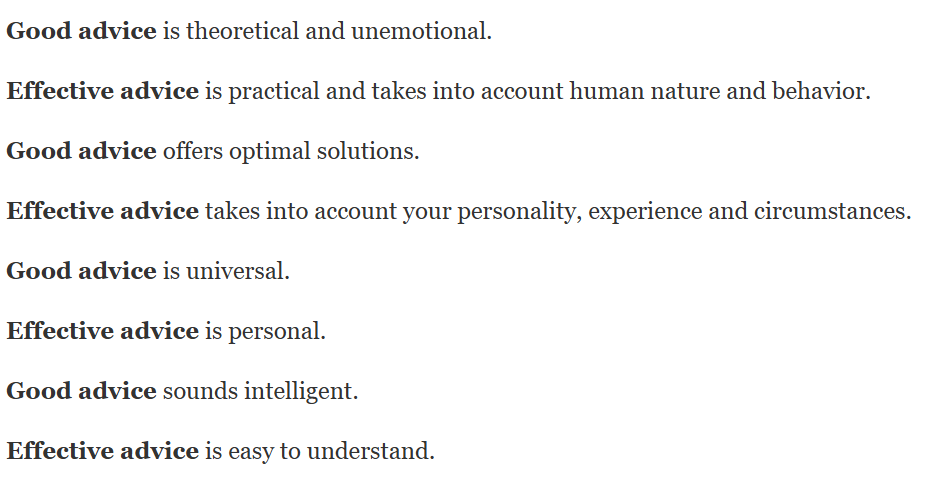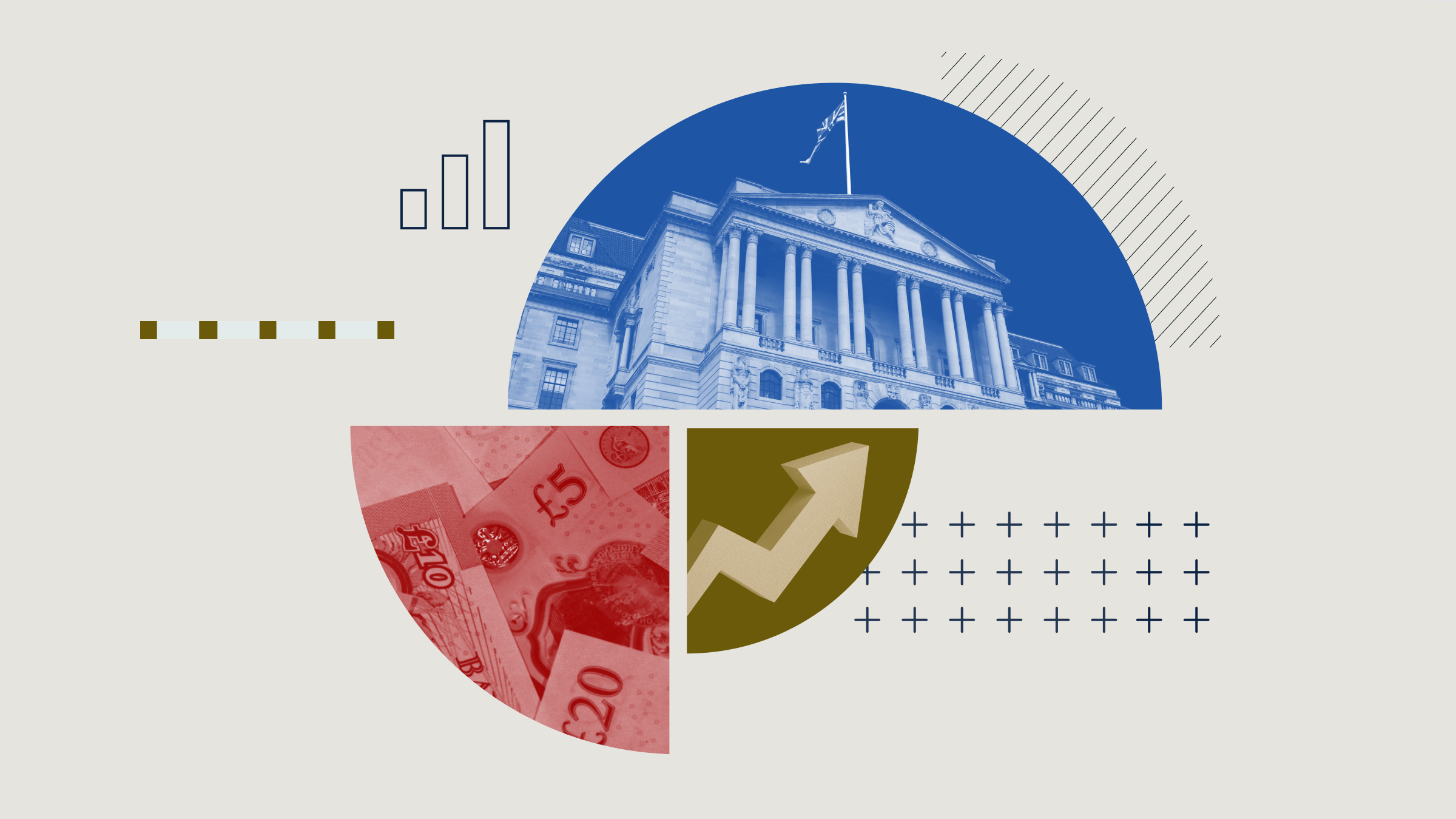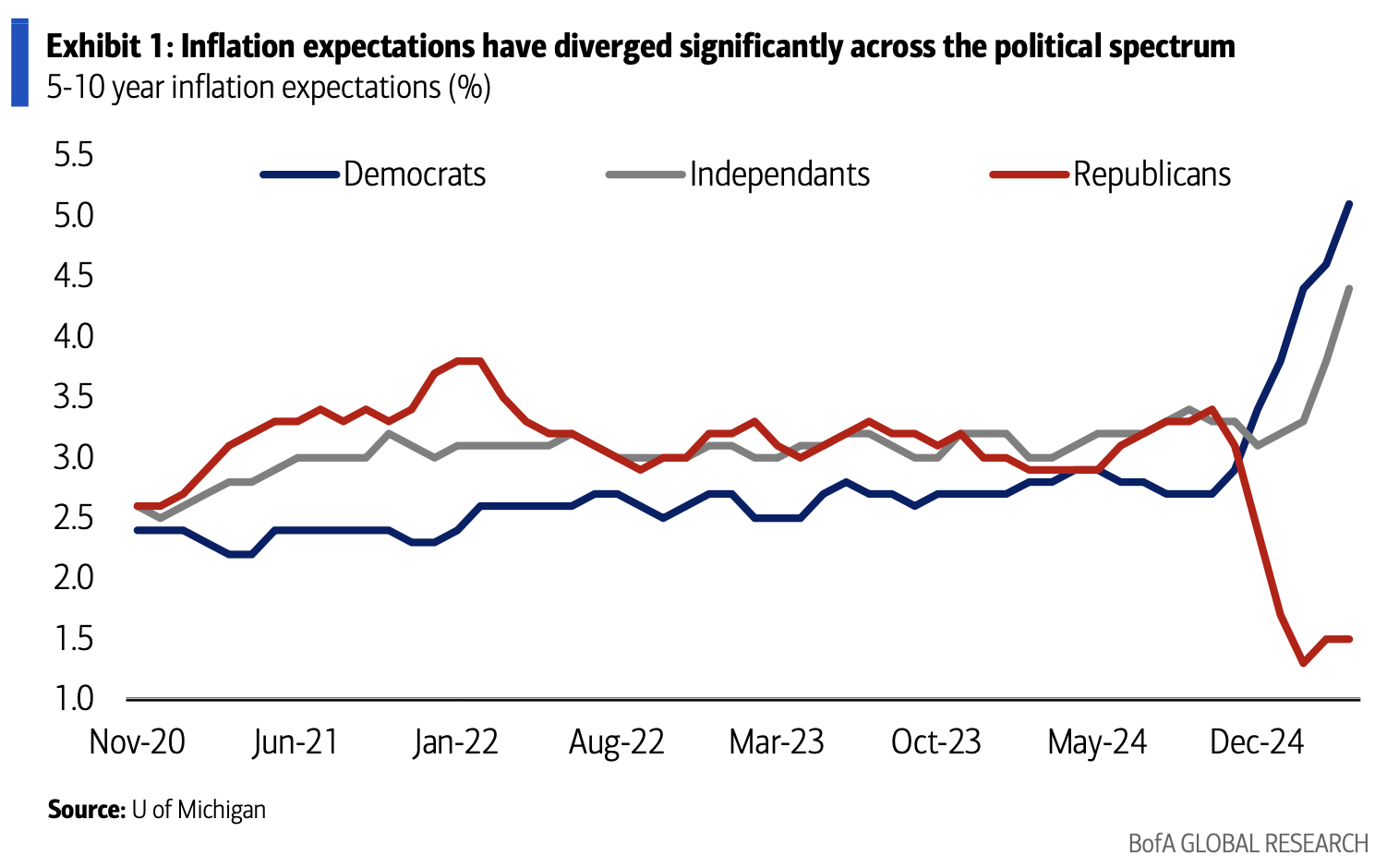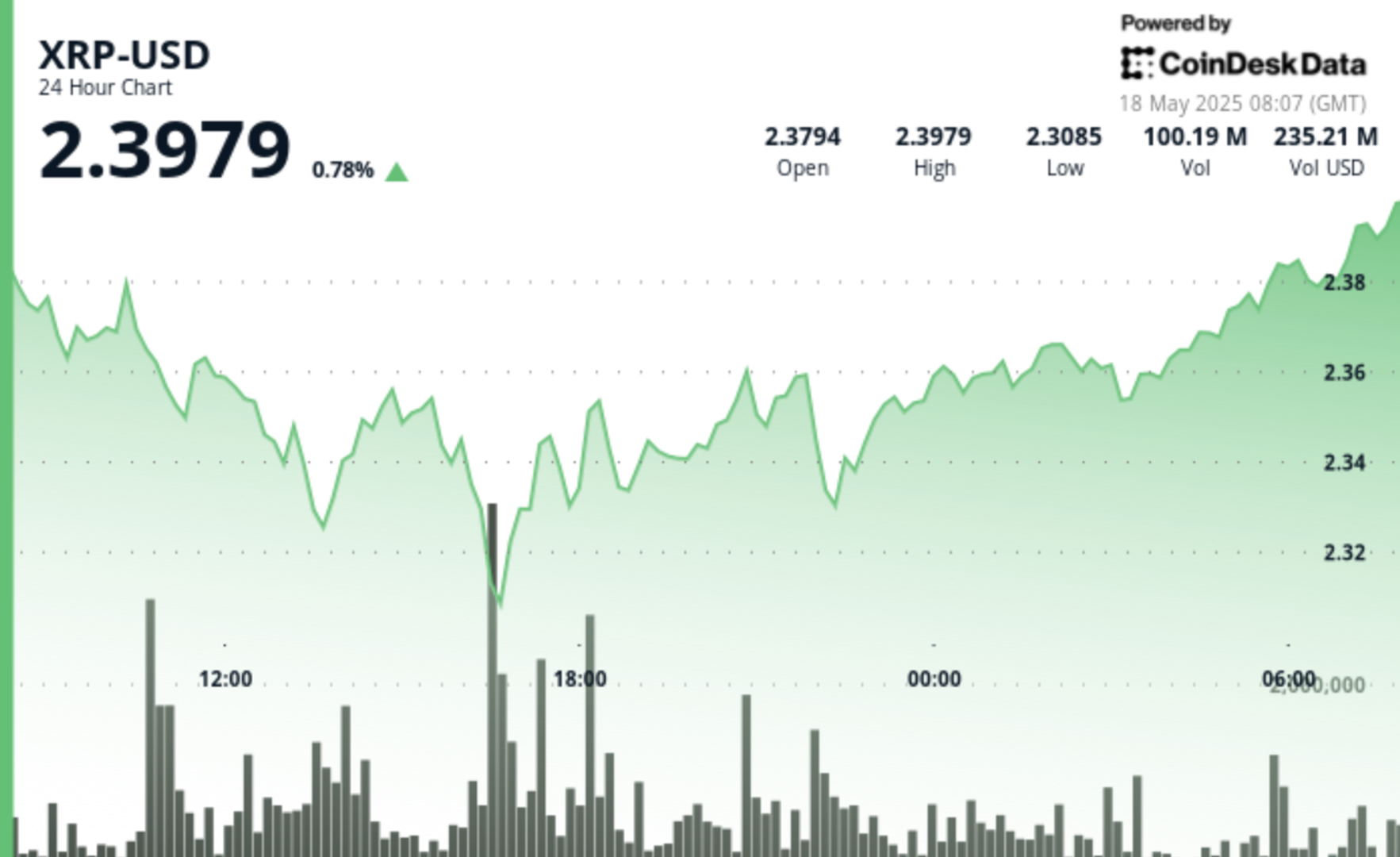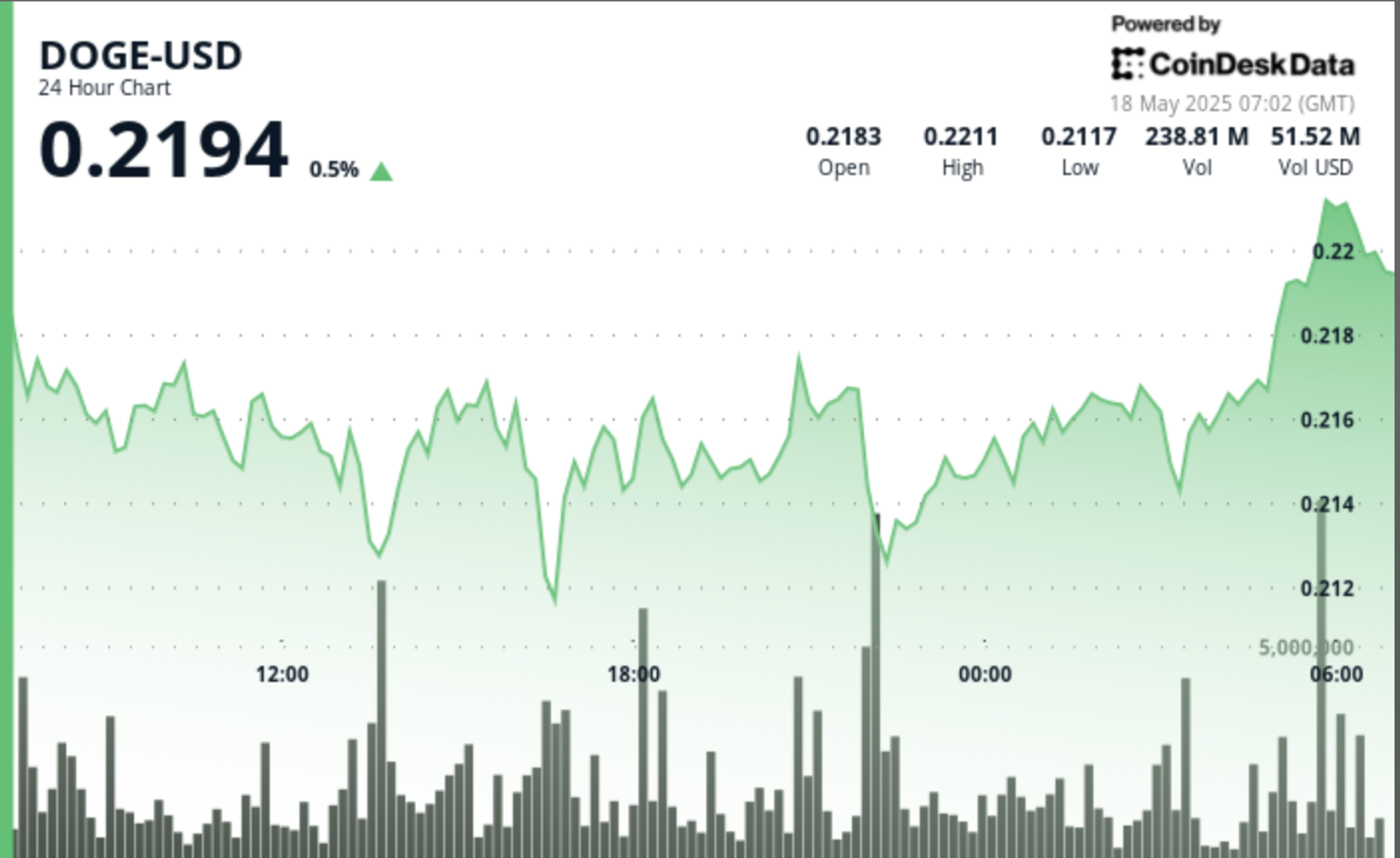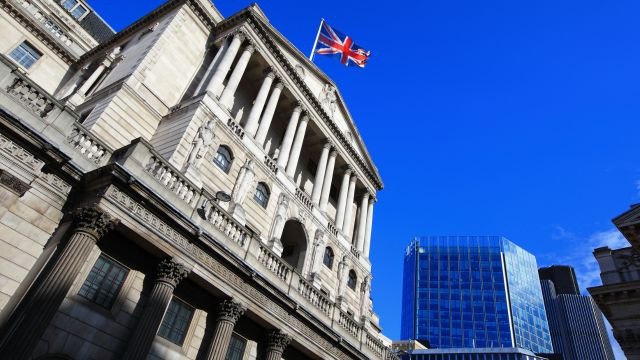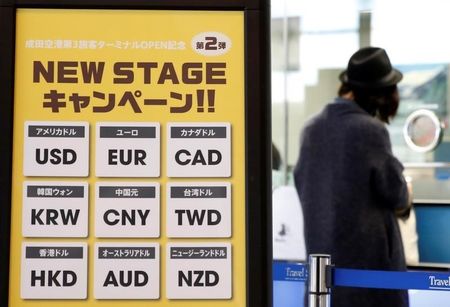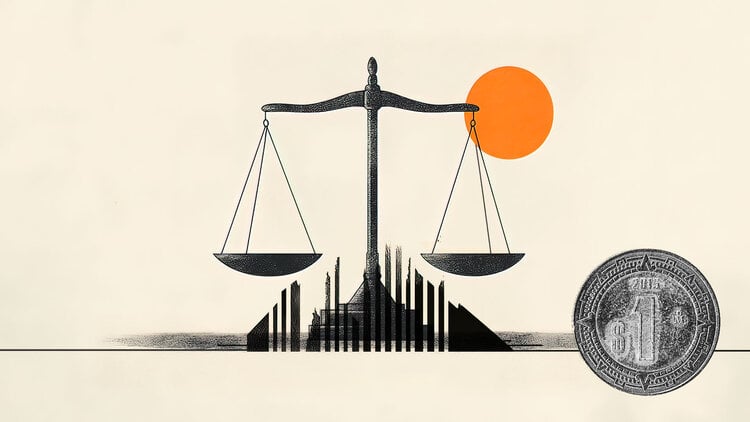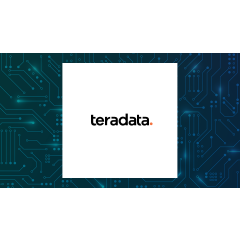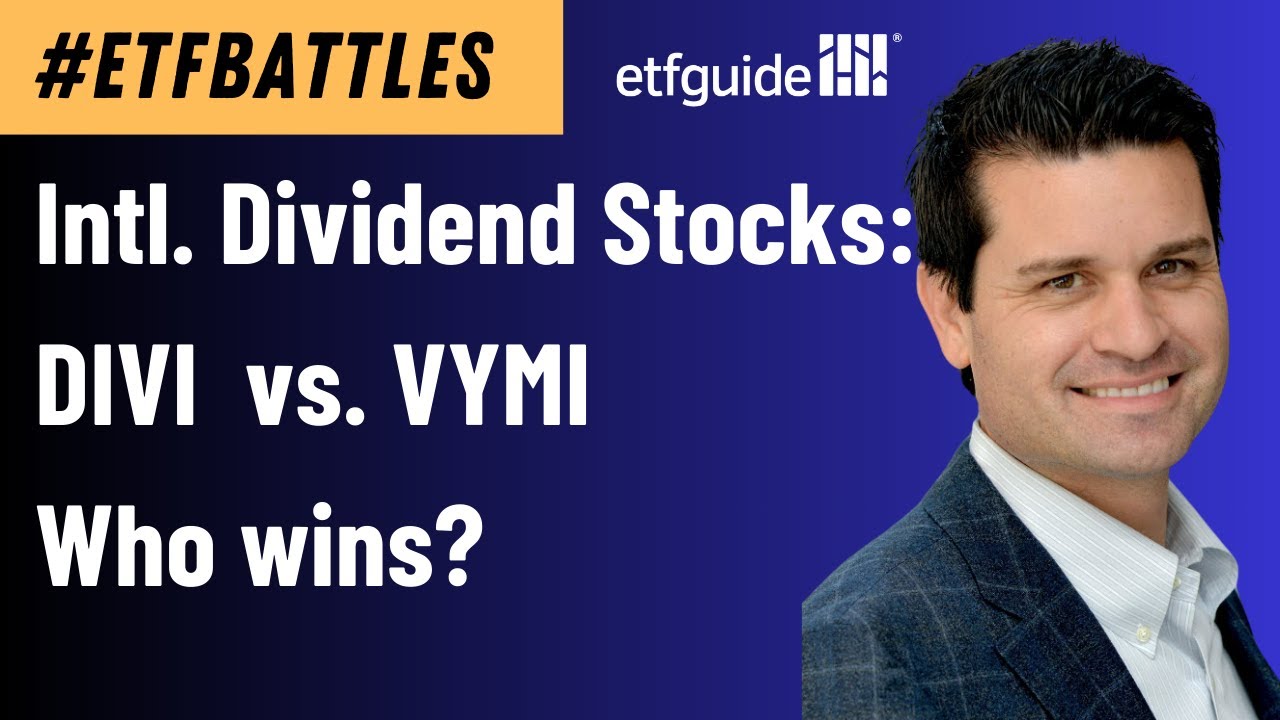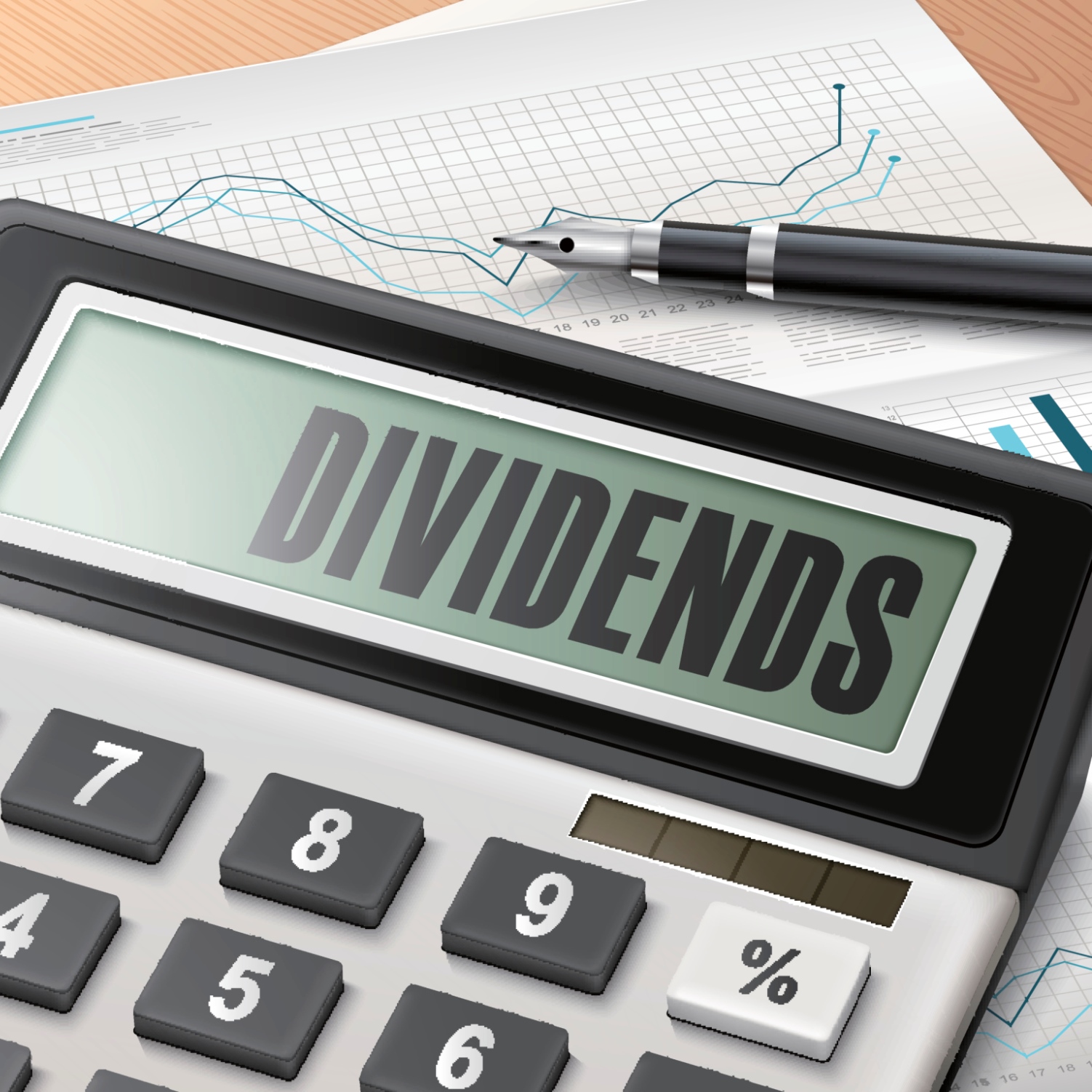Ready to Retire? Consider Rotating Into These 3 ETFs First
Exchange traded funds (ETFs) aren’t just for the most passive investors out there. Those who are looking to truly invest over a very long period of time can benefit from the very low-cost diversification most index-tracking ETFs provide. Even the most aggressive stock pickers can benefit from owning a solid base of ETFs that either […] The post Ready to Retire? Consider Rotating Into These 3 ETFs First appeared first on 24/7 Wall St..
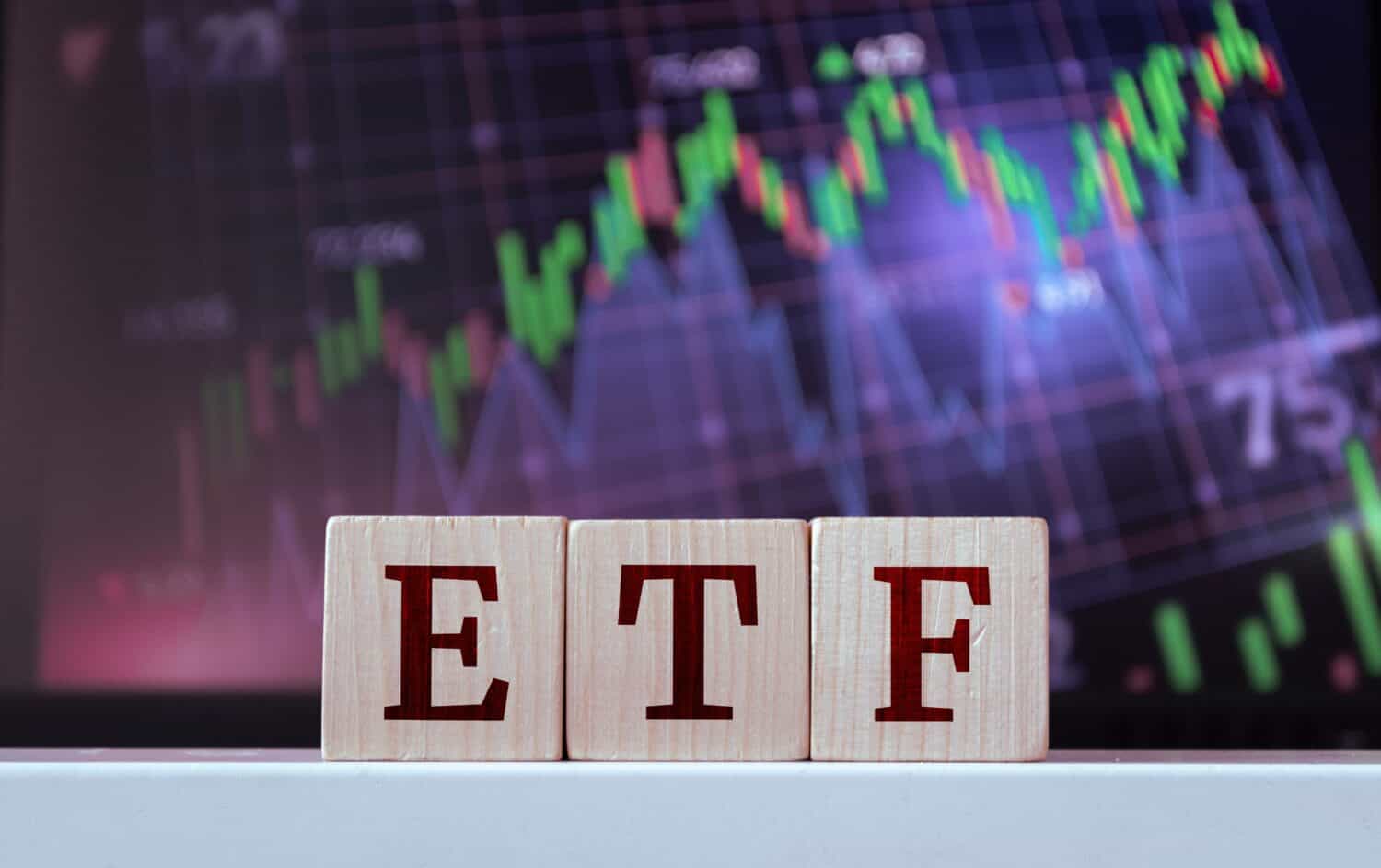
Exchange traded funds (ETFs) aren’t just for the most passive investors out there. Those who are looking to truly invest over a very long period of time can benefit from the very low-cost diversification most index-tracking ETFs provide. Even the most aggressive stock pickers can benefit from owning a solid base of ETFs that either track specific benchmark indices or specific sectors.
Key Points
-
Investors of all risk profiles and ages can benefit from having some exposure to exchange traded funds in their portfolios.
-
Here are three excellent options for investors who are looking to retire within the next decade.
-
Are you ahead, or behind on retirement? SmartAsset’s free tool can match you with a financial advisor in minutes to help you answer that today. Each advisor has been carefully vetted, and must act in your best interests. Don’t waste another minute; get started by clicking here.(Sponsor)
Such ETFs allow investors to sleep well at night, while also taking some additional risk in adding individual stock positions over time. And for those who simply don’t want the hassle of researching individual companies and trying to find the needle in the proverbial haystack, buying the entire haystack is always an option.
I’m of the view that investors of all ages can benefit from building a portfolio that’s as diversified as possible. For those looking to do so at the lowest cost possible and hone in on sectors that are worth owning for stability (and income) in retirement, here are the three ETFs I’d start with first.
Vanguard Total Stock market Index ETF (VTI)
Long-term investors looking to retain a solid base of equity exposure in retirement will likely want to consider an index ETF that tracks the broader performance of the stock market. My top pick in this regard for investors looking for the broadest diversification at the lowest price is the Vanguard Total Stock Market Index ETF (VTI).
This fund tracks the CRSP U.S. Total market index, meaning the fund holds thousands of stocks across the large, mid and small cap range. Unlike other index funds that are disproportionately weighted toward large and mega-cap names, investors gain broader exposure to companies of all sizes. This allows investors to benefit from broader economic growth trends, and capitalize on the higher-growth upside that smaller-cap stocks can provide over the long-term.
For those nearing retirement looking to benefit from the broadest possible growth (and limit one’s risk profile to mainly systemic or market risk levels), this is a great option to consider. And with an expense ratio of just 0.03%, this level of diversification is really hard to beat at this price.
Vanguard Dividend Appreciation ETF (VIG)
For investors looking to ramp up their passive income in retirement, having exposure to a fund like the Vanguard Dividend Appreciation ETF (VIG) is optimal for those looking for a mix of income and stability. This fund consists of the highest-quality U.S. dividend stocks that have shown the ability to raise their dividends for at least a decade (in many cases, much longer). In general, companies that have continuously raised their dividends over time have the most stable and robust balance sheets, with strong growth outlooks. That’s what every investor should be after, in my view.
Thus, this ETF is one I think is worth considering for investors of all ages and risk profiles. VIG has a low expense ratio (as do all the options on this list), though it is a tad higher than VTI due to the additional rotation in and out of stocks that’s required for this fund. However, at just 5 basis points of cost, investors can’t really go wrong owning this name for the long-haul, in my view.
This fund has roughly matched the performance of the market for an extended period of time, with a greater percentage of its returns coming in the form of dividends. Accordingly, I view VIG as an excellent option for those looking for another passive income stream when it comes time to retire.
Invesco QQQ Trust (QQQ)
For those wondering if they may have enough to retire, concerns around outliving one’s money (and not taking enough risk within their portfolio) may actually exceed the fear of investing too aggressively. For such investors, having some exposure to an ETF like the Invesco QQQ Trust (QQQ) that provides exposure to the biggest and best technology companies in the U.S., allowing investors to benefit from the incredible capital appreciation upside of this sector in recent decades.
Of course, the past 15 years may indeed turn out to be an anomaly for investors, considering the outsized returns QQQ has provided relative to other ETFs. But in the absence of a severe recession impacting the tech sector, this is a fund that’s proven its ability to amplify returns over very long periods of time.
So, for investors who plan on living a long time, I’d certainly recommend at least considering a portion of one’s portfolio be allocated to some higher growth names, just to keep up with inflationary pressures (which I’d argue are higher than what the official CPI numbers come in at).
The post Ready to Retire? Consider Rotating Into These 3 ETFs First appeared first on 24/7 Wall St..


































